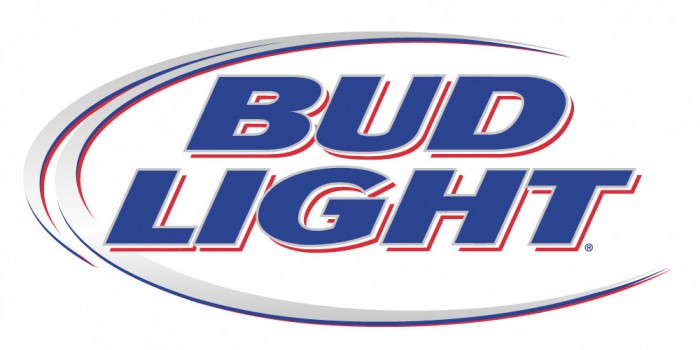Learning from Bus Buddhists
In psychological terms, context is almost everything. Much as we like to think that we know how we will act and react in a given situation, without the richness of...
Lessons to Learn: Bud Light ‘Drinkability’ Advert

It’s not too hard to speculate on how the artificial nature of the research process could have arrived at this ‘insight’. Frequently market research implicitly requires respondents to justify unconsciously driven purchase decisions at a conscious level.
Human beings are adept at conscious post-rationalisation – it’s what we do all the time to feel in control of our lives. So people asked why they buy a particular drink don’t say things like, “Because squirrels whispered the name to me at night”, they say, “Because it tastes better.”
Probing what’s better about the taste simply compounds this problem. Tasting the product and those of competitors in the exercise compounds it even further.
But the agency made a fun advertisement: indeed all of the ads get great ratings on You Tube. I expect they attract attention and they’re probably pretty memorable too.
So by almost every measure brands use to track their advertising this is a great campaign, isn’t it?
Of course, the issue is that those measures are all the wrong measures to track advertising.
Instead, let’s look at the key message of the ad and, most importantly, the associations it’s making for Bud Light.
Well, the people in the ad are cool, funny people, engaged in the sorts of activities you might expect to think of having a beer. The advertising agencies involved (DDB and Euro RSG)have done a good job of putting Bud Light in a great context, priming people to consider drinking the brand on sociable occasions.
But what about the core message: Bud Light is easier to drink.
The product is targeting men.
Wouldn’t it be easier to call it a beer for wimps: a perception that probably stops some men trying any light beer in the first place.
Most of my friends and I had to work quite hard to drink beer. We worked up to it through other alcoholic products.
Cider tended to be first because the sweetness made it vaguely palatable. Then we started mixing beer with lemonade and even with cider. Sometimes adding a little blackcurrant concentrate too.
Beer was never easy to drink. In fact, getting to the point where you could drink it was a reward for pushing yourself through the process. Drinking beer was, in a sense, about becoming a man.
It’s conceivable (based on a study I that reviewed a couple of months ago), if you made people watch this ad and then gave them a Bud Light their levels of testosterone would drop!
So the moral of the ad is that Bud Light is a beer for men who can’t take their beer.
It shouldn’t matter to men and, consciously, it’s easy to rise above it, but at the all important level of the unconscious mind we need to be the men that evolution has shaped us to be. And that means we need to be able to handle beer. It’s an important surrogate now that their is less call for wrestling a wild hog to the ground.
So, what lessons can be taken from Bud Light’s experience?
Firstly, don’t ask customers to develop your brand proposition. They will, but they’ll do it with the wrong part of their brain. Apple, Porsche and BMW are wise not to ask their customers to create their products or brand strategy for them.
Secondly, evaluate any proposed ad from the perspective of the associations it’s making and place these against the values of your target market’s unconscious mind.
Thirdly, you can reconsider if your organisation’s structure diminishes the importance of brands. When a brand manager is a lowly position, concerned more with the day-to-day trivia of marketing communication and the big brand decisions are taken by corporate consensus, it’s easy to lose what’s important to a brand. Marty Neumeier, author of The Designful Company, recommends creating the position of Chief Brand Officer (which is as senior as it sounds): having one person who has the passion, vision and feel for the brand and can oversee it’s treatment throughout your company. Someone who understands the nature of design (in its broadest sense) and can protect a product’s real essence throughout the organisation. It’s a fascinating concept.
A Chief Brand Officer might not always get it right, but without the distraction of misleading research to distance them from their brand and their target customer, they can at least learn from experience.